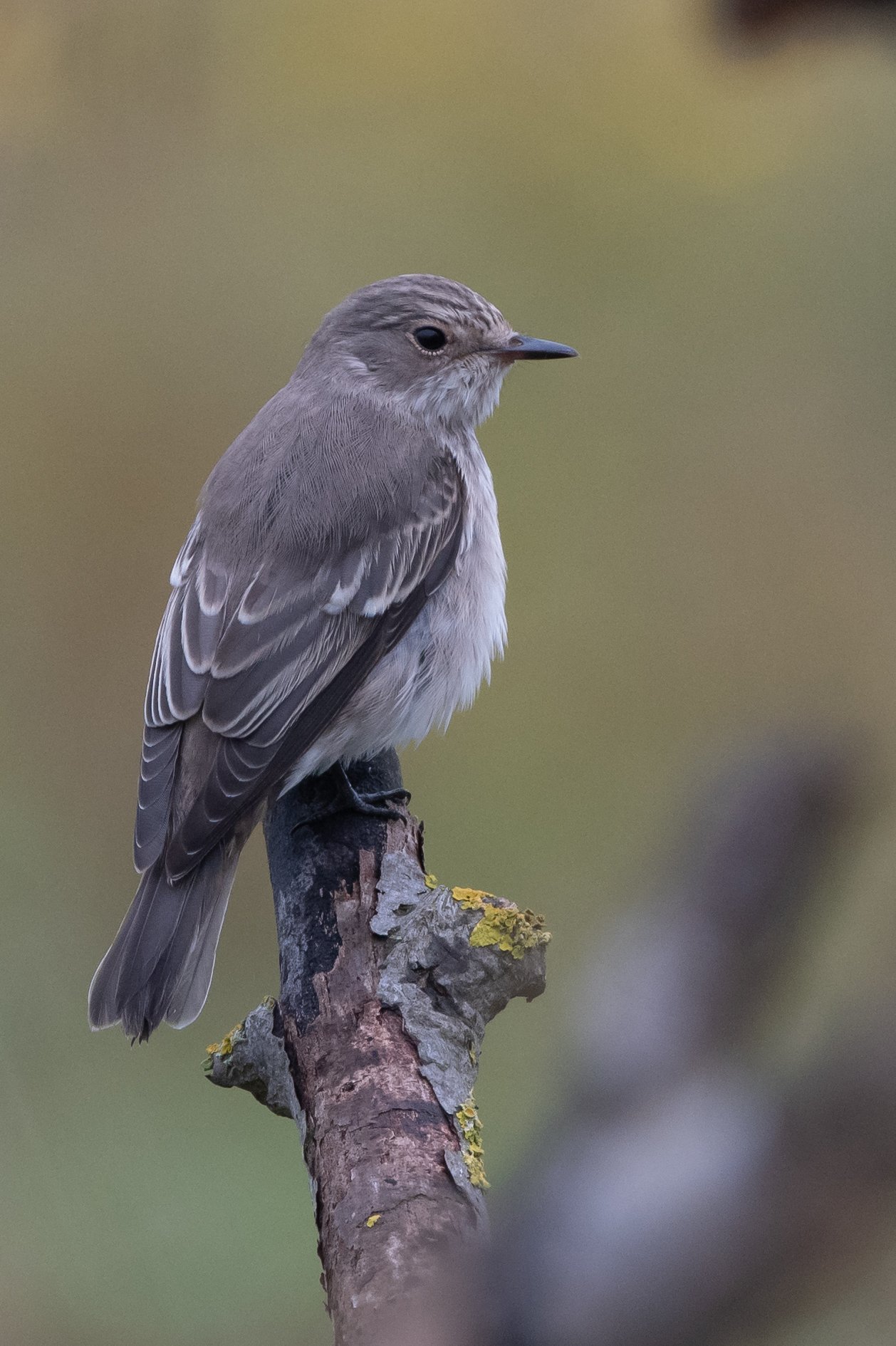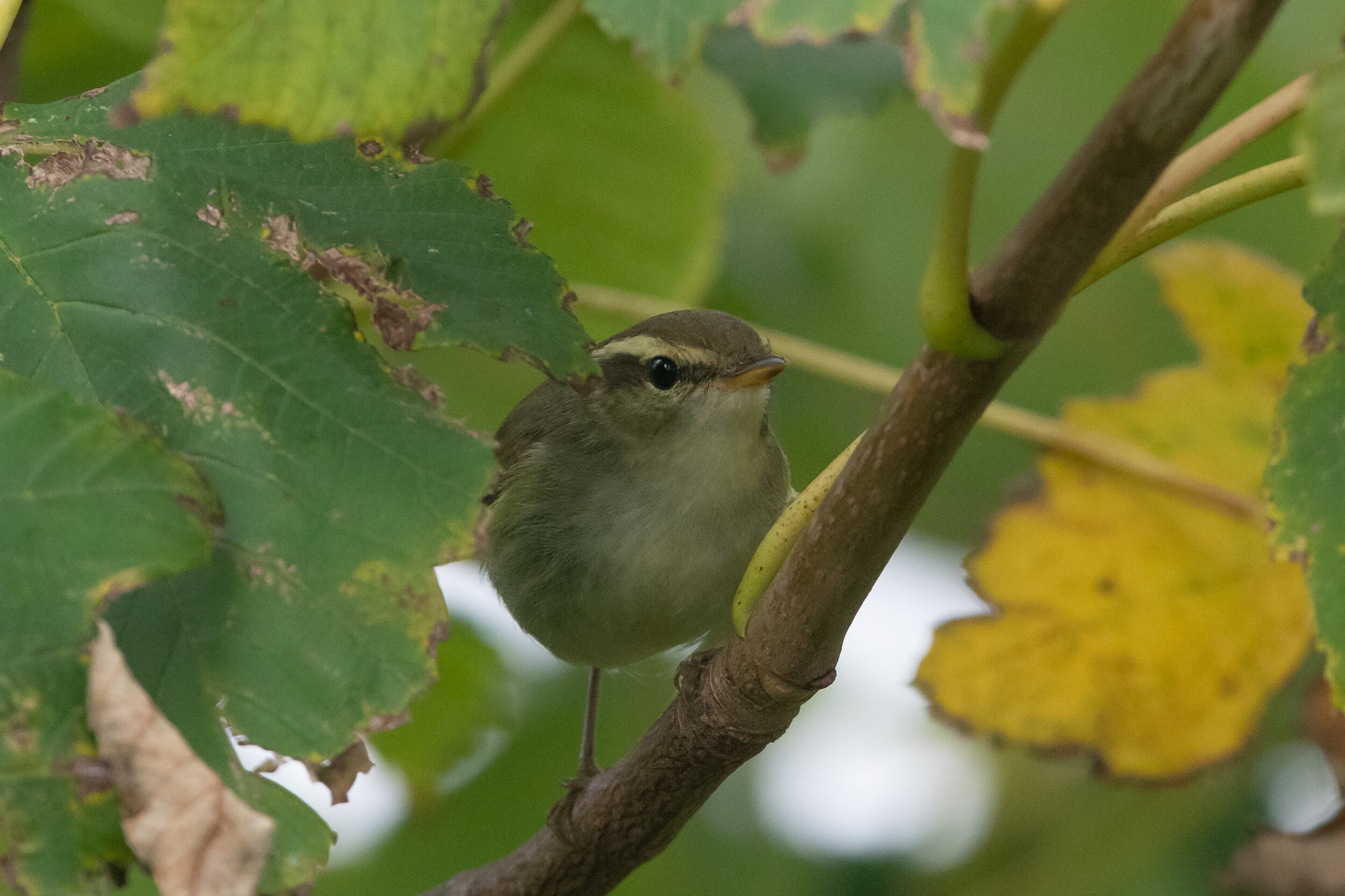Well what a year that was-to describe it as weird would be an understatement.
No real fall of migrants in Spring, definitely no fall of migrants in the Autumn yet still ended up with a year that will be difficult to beat in terms of rare birds (and I could have had more).
The year started with us in lockdown so the main focus was on garden birds. Nothing of note so was glad to get out to Spurn in the spring once the restrictions had been lifted.
Highlights of early Spring were gorgeous sunrises on Kilnsea Wetlands that made even the most innocuous birds look quite appealing.
Late Spring spluttered into life and I eventually saw a hoopoe at Flamborough, bee eater at out-newton and a golden oriole at Spurn.
Badgers at an undisclosed location were a personal highlight.
The first big bird of the year came in late June in the form of an oriental turtle dove. Then news of an albatross at Bempton resulted in several memorable trips to view this magnificent seabird-for me the highlight of the year.
There was some promise of a fall in August with some good numbers of common migrants, but scarce birds were few and far between, A western Bonelli’s warbler at Flamborough was nice, and the third ‘mega’ rare bird of the year was a white tailed lapwing at Blacktoft Sands.
Next came a two barred greenish warbler at Spurn closely followed by a particularly memorable trip to Flamborough in which I saw a rather elusive taiga flycatchers as well as some brilliant views of a red-flanked bluetail.
Photography wise, the year ended with a trip to Spurn in the teeth of storm Arwen-another memorable day when the wind was that strong, opening the door of the hide at Kilnsea Wetlands was no easy feat!
On the whole, a fantastic year for photography, just leaves me to wish you a very happy, peaceful and wildlife-filled new year!
Greylag Goose=Kilnsea Wetlands
Grey Heron - Kilnsea Wetlands
Green-winged teal -North Cave Wetlands
Merlin-Spurn
Barn Owl - Kilnsea Wetlands
Common Buzzard - Easington
Wren-Spurn
Rock Pipit - Spurn
Black-Tailed Godwit - - Kilnsea Wetlands
Wheatear - Sammy’s Point
Swallow - Kilnsea
Whimbrel - Sammy’s Point
Hoopoe - Flamborough
Pomarine Skua - Spurn
Golden Oriole - Kilnsea
Purple Heron - Kilnsea
Bee Eater - Out Newton
Badger
White-rumped Sandpiper - - Kilnsea Wetlands
Little Tern - Beacon Ponds
Little Tern - Beacon Ponds
Oriental Turtle Dove - Easington
Black-Browed Albatross - Bempton
Puffin - Bempton
Black-Browed Albatross - Bempton
Black-Browed Albatross - Bempton
Hobby - Far Ings
Marsh Harrier - Far Ings
Grey Heron - Far Ings
Leucistic Arctic Tern - Hornsea Mere
Leucistic Arctic Tern - Hornsea Mere
Grey Heron - Kilnsea Wetlands
Little Egrets - Kilnsea Wetlands
Pied Flycatcher - Spurn
Spotted Flycatcher - Spurn
White-Tailed Lapwing - Blacktoft Sands
Whinchat - Kilnsea
Yellow-Browed Warbler - Kilnsea
Bearded Reedling - Kilnsea
Snow Bunting - Kilnsea
Western Bonelli’s Warbler - Flamborough
Two-Barred Greenish Warbler-Spurn
Taiga Flycatcher- Flamborough
Red-Flanked Bluetail - Flamborough
Common Gull - Spurn (battling against Storm Arwen)

























































































